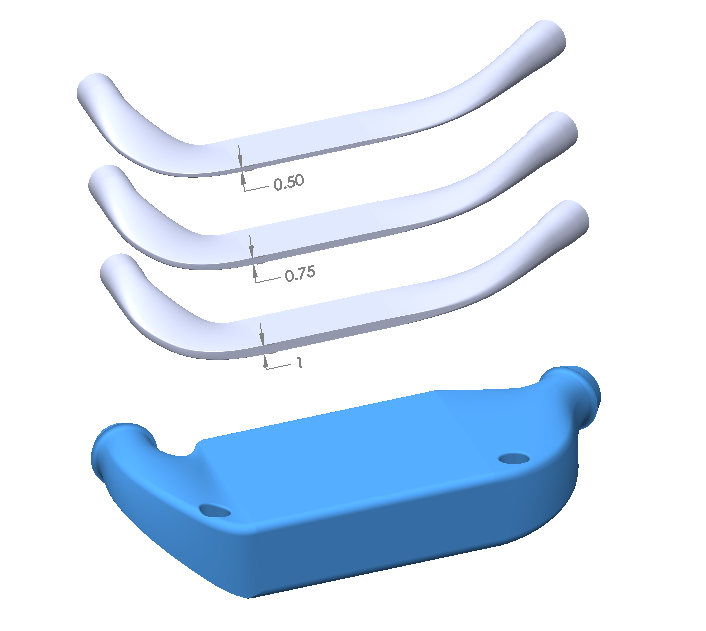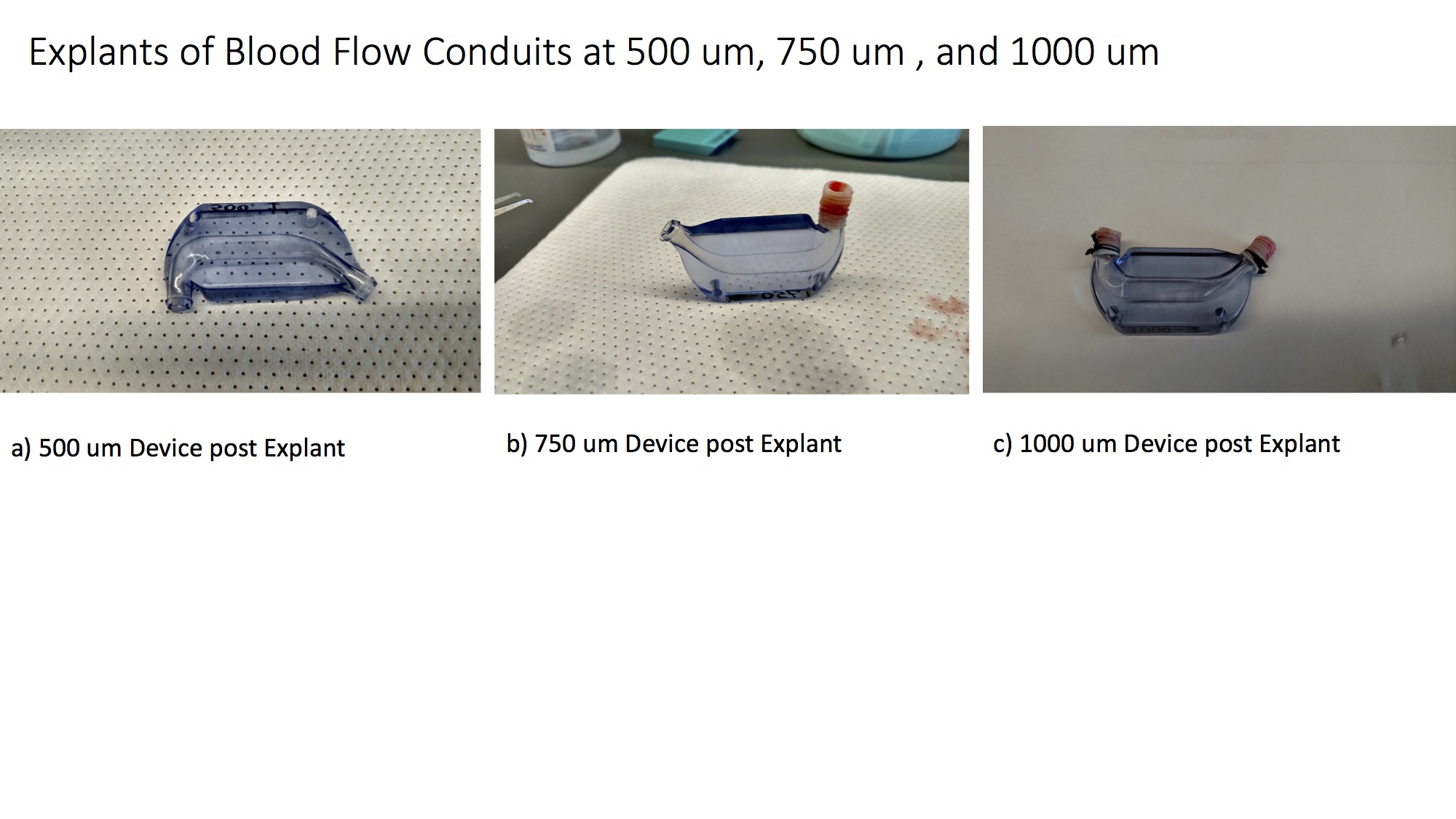Technically Successful Miniaturization of Blood Hemofilters for an Artificial Kidney via Bioengineering Techniques.
1Vanderbilt University Medical Center, Nashville
2Institute of Imagine Science, Vanderbilt University, Nashville
3University of California San Francisco, San Francisco
Meeting: 2017 American Transplant Congress
Abstract number: D18
Keywords: Bioengineering, Mechnical assistance
Session Information
Session Name: Poster Session D: Cellular & Bone Marrow Transplantation Session II
Session Type: Poster Session
Date: Tuesday, May 2, 2017
Session Time: 6:00pm-7:00pm
 Presentation Time: 6:00pm-7:00pm
Presentation Time: 6:00pm-7:00pm
Location: Hall D1
Background: Creating flow channel pathways for an implantable artificial kidney with minimal risk of thrombosis is particularly difficult when miniaturizing into a multilayer bio-hybrid device. Computational modeling and in vitro imaging facilitated rapid iterative development of a low-thrombosis blood conduit with sequentially narrower flow channels.
Methods: Following preclinical implantation trials of hemofilter cartridges, correlations between low shear rates in silico and areas of clot nucleation in vivo led to modification of flow path geometry. Computational fluid dynamics simulations were validated by flow field imaging in vitro. Designs that eliminated recirculation and stasis were machined from medical grade polycarbonate and implanted into six Class A dogs for 30 days. We implanted two cartridges for each of the following flow channel pathway sizes: 500[micro]m, 750[micro]m, and 1000[micro]m. Serial Doppler ultrasound examination verified patency of blood conduits. All dogs were maintained on acetylsalicylic acid. At postoperative day 30, the devices were harvested and examined for evidence of thrombosis.
Serial Doppler ultrasound examination verified patency of blood conduits. All dogs were maintained on acetylsalicylic acid. At postoperative day 30, the devices were harvested and examined for evidence of thrombosis.
Results: Optimized designs had a smaller cross sectional area, helical inflow and a larger angle outflow tract. No surgical complications were identified. No hemolysis or distal embolization was noted. The optically transparent cartridges had no visible thrombosis at any flow channel pathway size. Conclusions: Meticulous attention to the flow fields in a blood contacting device can reduce thrombosis and eliminate the need for systemic anticoagulation, even as miniaturization of the device with narrower flow channels is undertaken.
Conclusions: Meticulous attention to the flow fields in a blood contacting device can reduce thrombosis and eliminate the need for systemic anticoagulation, even as miniaturization of the device with narrower flow channels is undertaken.
CITATION INFORMATION: Forbes R, Kensinger C, Karp S, Groszek J, Buck A, Colvin D, Roy S, Fissell W. Technically Successful Miniaturization of Blood Hemofilters for an Artificial Kidney via Bioengineering Techniques. Am J Transplant. 2017;17 (suppl 3).
To cite this abstract in AMA style:
Forbes R, Kensinger C, Karp S, Groszek J, Buck A, Colvin D, Roy S, Fissell W. Technically Successful Miniaturization of Blood Hemofilters for an Artificial Kidney via Bioengineering Techniques. [abstract]. Am J Transplant. 2017; 17 (suppl 3). https://atcmeetingabstracts.com/abstract/technically-successful-miniaturization-of-blood-hemofilters-for-an-artificial-kidney-via-bioengineering-techniques/. Accessed January 6, 2026.« Back to 2017 American Transplant Congress
